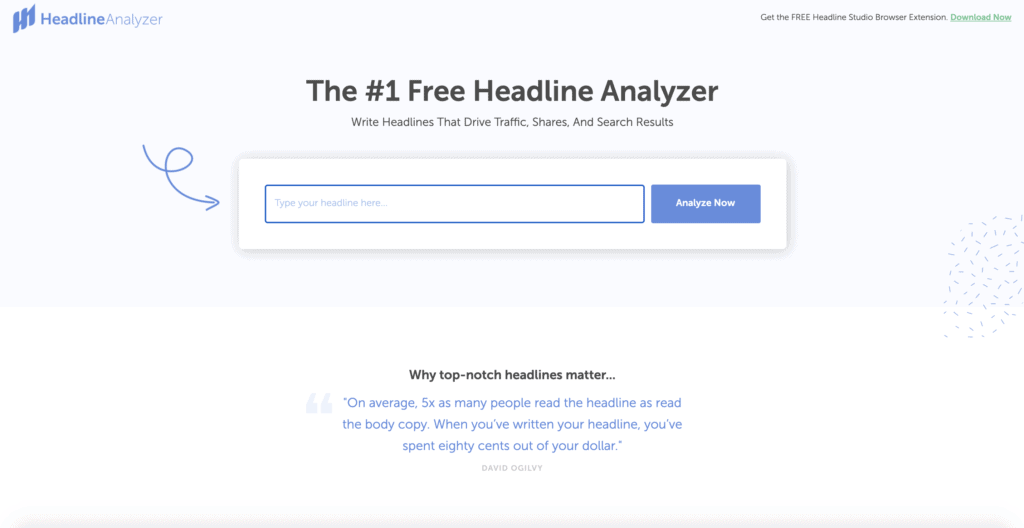Getting coverage by the media is very beneficial for businesses. Whether you have a new product, have won an award, are working on a new partnership, or have something else newsworthy to share, getting the press to cover the story will help you a lot.
But how do you get the media to take notice of your news and relay it to their audience? Press releases are still one of the best ways to do this.
By summarizing your news and sending that summary directly to media contacts, you bring attention to the event. If your story is interesting enough and is something their audience will appreciate, it’s likely to be shared.
So, how can you increase your chances of your press release being noticed and covered? Keep reading for our top tips for writing press releases along with more reasons why press releases are extremely relevant.
Are Press Releases Still Relevant?
Press releases are still one of the main ways to relay important information to the press with the hope of getting the story covered. They are essential for ensuring the media and the public are made aware of your company’s latest news.
A press release is a one or two page document used for sharing company news with the media. They are generally sent to media outlets and industry professionals.
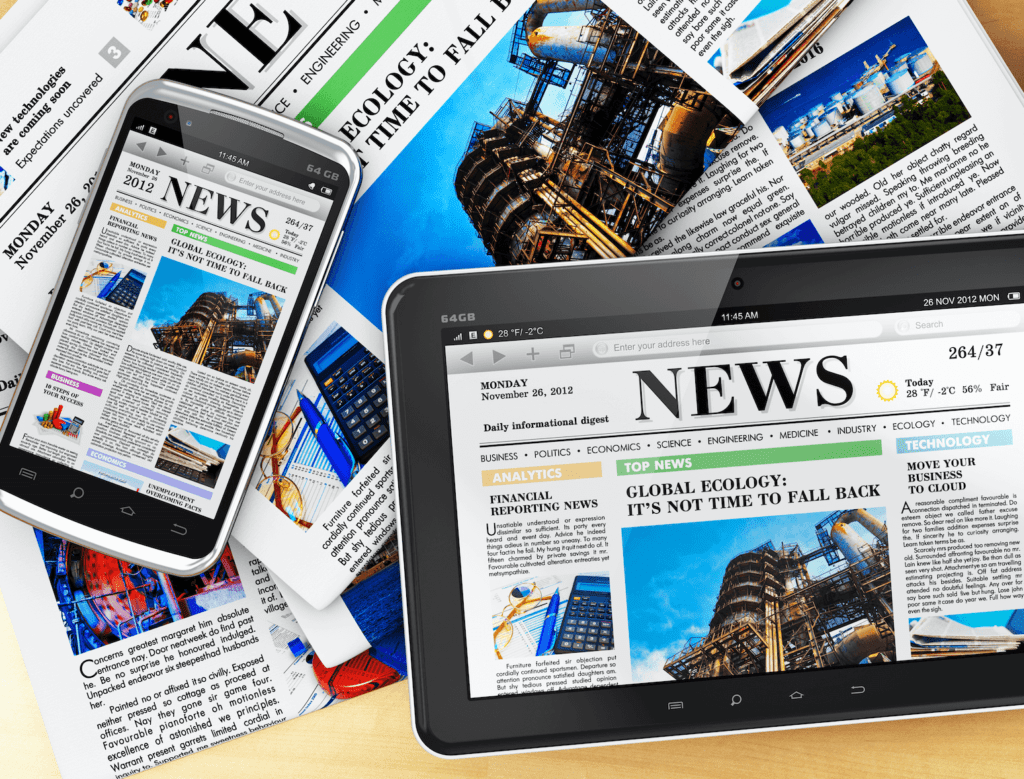
Press releases are still a main medium used to relay information to the media.
Some things that press releases cover include:
- New product launches
- Partnerships or sponsorships
- Announcement of an event
- Announcement of awards
- Breaking news announcements
- New research and data findings
- New executive hires
- Crisis management
Why Send Press Releases?
Sharing press releases can provide your company with benefits, such as:
Gaining Attention and Awareness
Your media contacts are likely well trusted by their audience and have a much larger reach than you.
Having them share your story makes it more likely that people will take notice and act where applicable.
For example, consumers are more likely to purchase a new product of yours if their favorite publication writes about it.
Improving Your SEO
Having your story published and having others share it can help get you backlinks. The media contacts you send the release to will likely work for a publication with a high domain authority.
These backlinks from high DA websites are very valuable. If the press release is published online, use keywords like with other web content.
This can help in the press release being discovered by media contacts that you did not send the release to directly.
Building Brand Reputation
Having trusted publications cover your story can help improve your brand image and reputation. They already have a good reputation and high level of trust with their audience.
If well regarded publications cover your story, this reputation gets passed on to you and their audience will see you as a brand they can trust and should purchase from.
Improving Your Company Image
During a crisis, a press release is a good way to manage the story and your company image. Use a crisis management press release to explain what happened and how you are fixing the situation.
This can avoid the story being twisted by the media. Showing you are quickly and actively trying to fix the issue helps minimize the damage to your reputation as well.
Being A Cost-Effective Form Of Marketing
It is inexpensive to send press releases. If you have a good list of media contacts, it will not cost you anything except time to distribute the release.
Even if you pay to use a media database or service to send it, hopefully the press coverage will recoup that cost.
Tips For Writing Press Releases
Once you have decided to send a press release, use the following tips to ensure it’s a success and gets you the promotion you’re after.

Set Goals
Like with other marketing efforts, set goals for each press release you send. Think about what you are trying to achieve by sending the release and then monitor the results as best you can.
The main goal is to get as many publications as possible to cover the story. This is also the easiest goal to measure.
Some other goals and success metrics could include:
1. Growing Your Social Media Following and Website Traffic
This can be measured by noting your followers for each platform or website traffic before you send the press release. Then note any increases each time the story is shared. Finally note the total increase over the time period between you sending the press release and coverage stopping.
Obviously not every new follower or website visitor will be due to coverage gained from the press release. But this gives you a good idea of the results. Compare percentage growth to growth over a similar time period without media coverage. Any difference is likely due to the press release.
The main goal is to get as many publications as possible to cover the story.
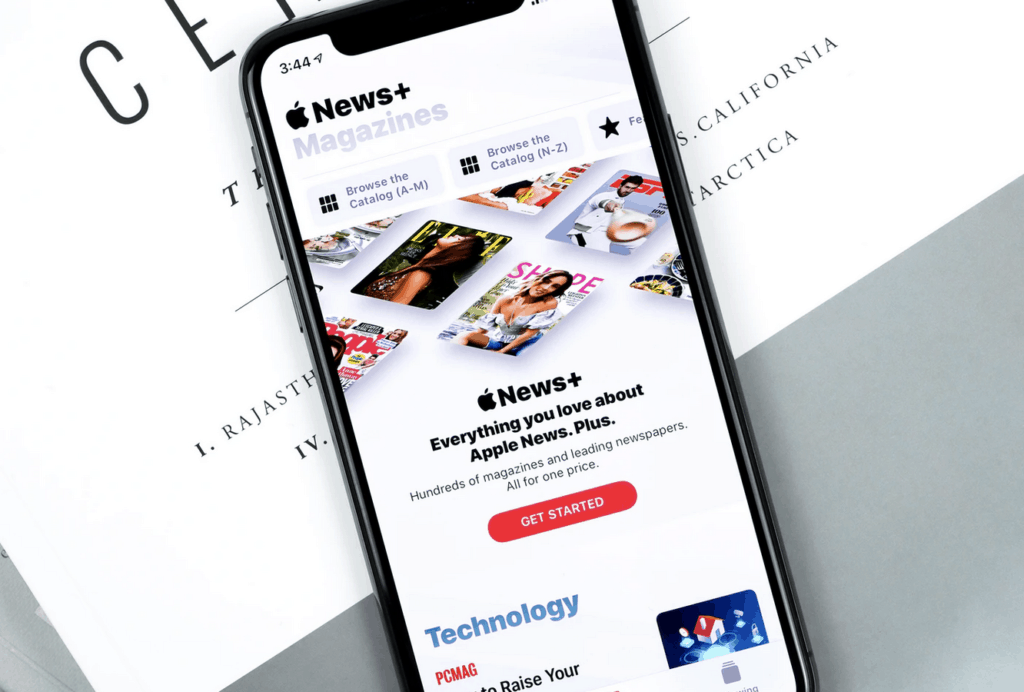
2. Building Brand Awareness
You could assess this by surveying a sample of your target audience before the press release is sent. Ask how many are aware of your brand. Their opinion on you. Knowledge of the topic of the press release etc.
Survey them again after news coverage is complete to see if awareness increased. Additionally ask them how awareness was increased. This can help show which publications are most effective at reaching your target audience.
3. Improving Company Image
This is likely the main goal of a crisis management press release. Like with brand awareness, ask a sample group’s opinion on the company before the press release is sent and covered in the media. Also ask what would help improve the way they view the company.
Use this info to inform your crisis management strategy. Then ask them again on their opinion of the company after the press release is sent and covered.
Build Your Press Release List
Once you decide to send a press release, you need a list of media contacts to send it too. If you already have the contact info of members of the press, collect all their info in one place.
If you have no contacts or need to expand your list, there are a few ways to do this:
1. Get Media Lists from Events and Trade Shows
Most industry events, especially trade shows, will publish a list of media contacts at the event to all those attending.
2. Network at Events
Whether you get a media list or not when attending events, be sure to network with the media too.
Having actually spoken with a contact makes it more likely they will view and publish your story. You may also be able to get better contact info than that provided on the media list.

Networking with the media at events is a great way to build your press release list.
3. Network via Social Media
Connect with media contacts on their social media platforms. LinkedIn is best for this. If they use a personal account on Facebook, Instagram, or Twitter to promote their work, you can connect with them there too.
If their personal account has no mention of their work (for example, they don’t post about their work or have their job title in their bio) it’s best to try Linkedin first.
4. Use Media Databases
There are databases that house media info. There are some that are free while others require payment to get the contact information.
5. Do Research of Your Own
Make a list of the media companies that you would like to contact. Then visit their website to try and find contact info. Many publishers now have an online masthead with contact info. At a minimum, you should be able to find a general email that you can use to request contact info for the best press contact.
Make sure you are sending the press release only to relevant contacts. Think about the story and which contacts are best for covering it. You shouldn’t necessarily send every press release to every contact on your list.
For example, new product launches may be interesting to both business and consumer publications but a new executive hire will only be interesting to business publications.
Decide the Best Distribution Method
Now you have a list of contacts to send your press release too, how will you get it to them? Some common press release distribution methods include:
- Via email
- Sharing on social media
- Using PR distribution or syndication services
Email is the most frequently used method. Try to send each email individually and personalize them instead of sending a bulk email.
When sending press releases via email, you need to think about your subject line and email copy. Use a subject line that is short and grabs attention. This could simply be the same as the headline of your press release.
When sending press releases via email, think in depth about the copy and subject line used.
Keep your email copy short too, briefly explaining the contents of the press release, telling them where to find the press release (is it attached? Is it via a link?), and to get in touch for more info.
Social Media
Publishing the press release on social media as well will increase its reach. You may then get press contacts reaching out to you as opposed to you contacting them first.
PR Distribution and Syndication Services
A relatively easy distribution option is using public relations distribution and syndication services. These will have a cost attached to them but will ensure your press release is sent to the most relevant contacts.
Make Sure Your Story is Newsworthy
The point of sending a press release is to get coverage in the media. If your story isn’t newsworthy, it won’t be shared. Your story needs to be big news in your industry and/or related to current trends and events.
Some examples of newsworthy content include:
Exclusive Research
If you have a conducted a one of a kind study and have an innovative white paper, research document, data etc. this can make a good story for the recipient’s publication
Newsjacking
This is when your story is related to a current news story or viral event or trend. This makes the story appealing and timely to the recipient’s audience. Newsjacking can also help expand the audience that will be interested.
Stories with Emotional Elements
Content with an emotional element always resonates better as people connect with it in a deeper way. Getting the recipient emotionally invested makes it more likely they will share the story.
Once that happens, it also makes it more likely that the publisher’s audience will share the story. Emotional connection with content is what causes it to be shared.
Only the most newsworthy stories will be covered by the media.

Additionally, consider the following when determining if your story is newsworthy:
- Is this urgent news?
- Is this something that is important for a large audience to know about?
- Are people going to be affected by the information?
If your story does not meet at least two of these, it probably won’t be of interest to the media.
Create an Effective Message
You need to phrase the information on your story in a way that makes it interesting and valuable to your contacts.
When forming your message and press release copy, try to think like a journalist. What do your contacts do in their own writing to grab the attention of their audience? You need your press release to really stand out to get it covered.
Some things to consider to appeal to your media list include:
1. Make the Press Release Easily Understandable
Recipients need to instantly understand what the story is about.
2. Keep the Release Short and to the Point
Your media contacts don’t have time to look through pages of info. Get to the point about what your story is and why it should be covered.
3. Make It Easy to Take Out Info for Stories
Include all the main details of the story plus quotes. This makes it easy for them to form their story without needing to contact you for extra information.
4. Don’t Over Promote Yourself
Simply relay the news in your press release. Don’t use superlatives, for example, by saying your new product is the best. Those viewing the release know that you think your story is important, but you do not need to reiterate this and make it appealing to them.
Writers are also unlikely to say that you have the best product in their story, especially if they haven’t sampled the product. Publishers need real information and facts to help get the story across to their audience.
Follow A Template
Most press releases follow a similar template. Reporters receive many press releases each day. Following this standard template makes it easy for them to quickly find the information they need. A press release isn’t the place to be creative with your formatting!
Press releases should be one page or two pages at the most. Use a common font like Times New Roman or Arial. Also keep font sizing standard. The main copy should be 12 pt with headlines 16pt and subheading 14pt as a standard.
As for the layout of information, the template below is the standard format to follow. Press releases follow something called the Reverse Pyramid.
This means the most important information is given priority in paragraph one. It is followed by secondary information on the story, ending with details like company information.
Use the following template for any press release you write.
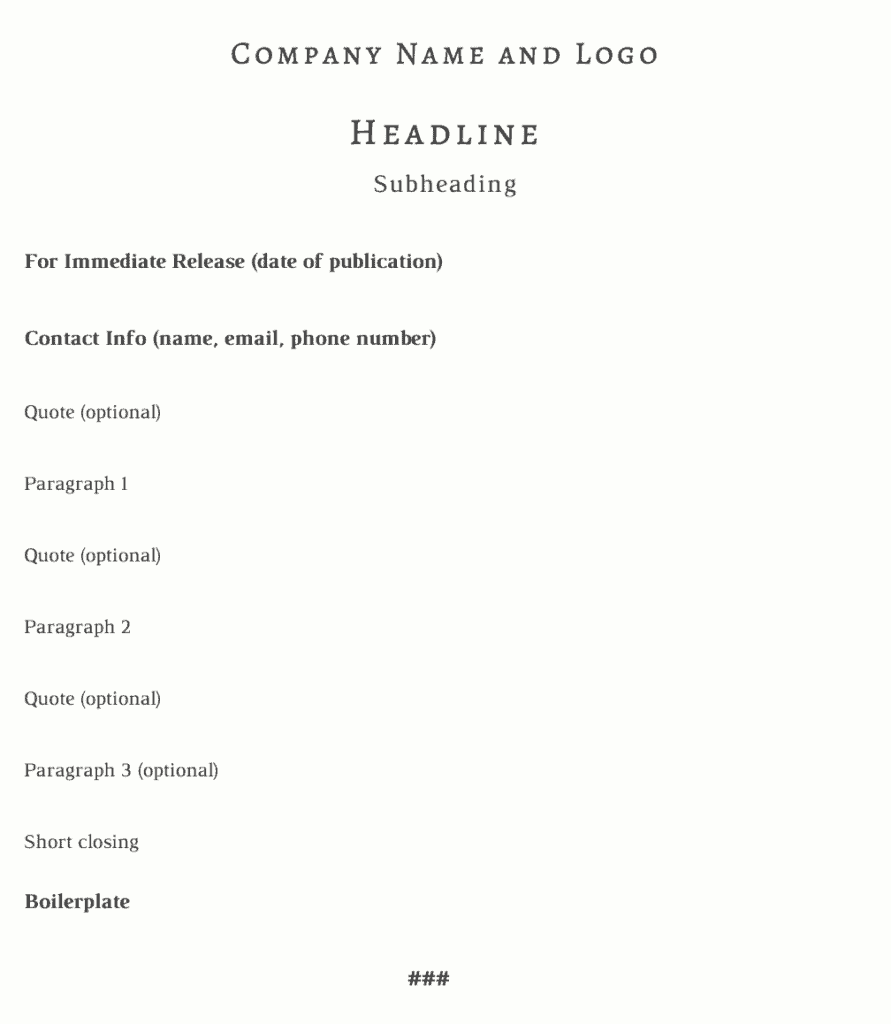
The following tips can help with what to include under each section of the template.
1. Write a Great Headline and Subheading
Your press release needs to stand out among hundreds of other emails and press releases your recipients receive. The headline on your press release is how you will grab attention.
The headline needs to be informative and interesting. Use action verbs in your headline and minimize jargon and superlatives.
It also needs to be short and to the point. Keep it under six words. You can then add a subheading if needed.
Make sure your headline is centered, bolded, and in larger font than the rest of the text in the document. Your subheading should be in a font smaller than the headline but larger than the rest of the text. Make sure to italicize the subheading too.
Once you have chosen a headline, use online tools to assess its effectiveness. Headline Analyzer, for example, will assess effectiveness relating to an objective, tone, and what can be improved.
2. Include Contact Information
You need to include contact information in case recipients have questions or need to request extra material like images. Include the name, phone number, and email of the best contact for this.
Most press releases put this information at the top, under the headline and “For Immediate Release” but before the first paragraph. If you want to include extra information, this can be placed at the end of the document.
Extra information can include the company’s web address and social handles.
3. Make Your Lead Clear in the First Paragraph
The lead (or lede) is the main point of your press release. You need to use your first paragraph to provide all the key information on the story. By scanning this paragraph, the reader should know exactly what the news event is about, how it happened, and who was involved.
The lead is used to get the reader to continue reading. Once you have their interest, provide additional information on the story in the following paragraphs.
When writing your lead, use the 5 Ws:
What: what is the story about? What newsworthy event has happened?
Who: who is involved in the story?
When: when did this event happen? Or when is it going to happen?
Where: where did the story happen? Or where will it happen?
Why: why is this happening? Why is it important?
You can also mention how the story happened or how it is going to happen.
4. Provide Extra Information in the Second and Third Paragraph
Use the second and third paragraph to provide supplemental information to what was provided in paragraph one. Add details that strengthen your paragraph one information.
The reader should now know all the key information so focus on explaining why the story is important and why it should be covered.
You can include:
- Evidence
- Extra background information – for example, how the event came to happen
- Arguments
- Issues
Should you hire an agency to help you with public relations? Check out these 8 Signs You Need to Hire a Marketing Agency
5. Include Quotes
Your press release should include at least one quote. These should come from the main team members related to the event. Ideally, these people will be key stakeholders such as employees in executive positions.
Keep these quotes short and relevant to the event. Reporters can then pull these quotes for context in their own articles.
These quotes can be placed before the first paragraph or between paragraphs one, two, and three. Use them in the place that they make the most sense and add the most value.
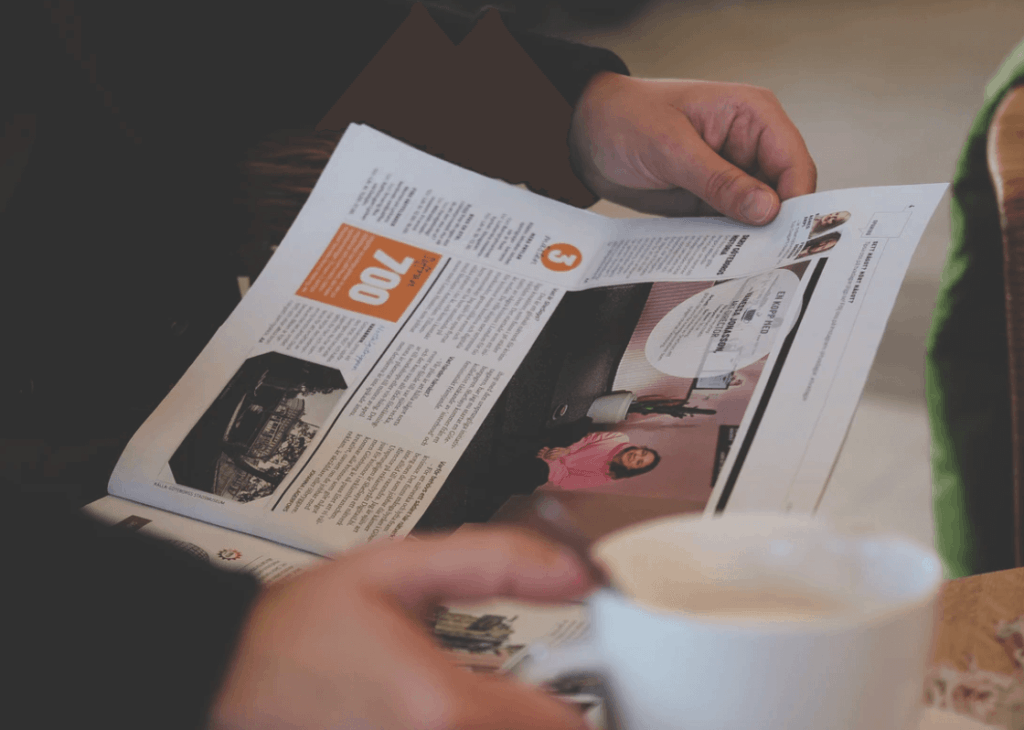
Your press release should include quotes that reporters can easily pull.
6. Closing Statement
Finish providing information on your story with a short closing statement. This should be just a few sentences that sums up the story and why it is of interest.
You can also add that contact about the story is welcome using the contact info provided at the top of the press release.
7. Boilerplate
This is a sentence or two about your company. This should generally be developed and then used in each press release you send. Rewriting this each time can be confusing and send mixed messages.
8. End With ###
A common practice is to end a press release with three pound signs (###). This signifies that the press release is finished. It’s a best practice that shows you understand how reporting and news releases work so it’s worth including.
Additional Press Release Writing Tips
Follow AP Style
As press releases are sent to the media, you’ll want to write them in the style they use. Most journalists follow AP Style so make sure all your press releases conform.
Proofread!
Journalists are perfectionists when it comes to grammar and spelling. Just having grammatical or spelling mistakes can make them ignore your story.
Be sure to edit your content and run it through a tool like Grammarly to catch all errors.
Keep It Short
As mentioned, press releases should be two pages at most with one page being preferable. Also use short sentences with limited adjectives, superlatives, and jargon.
Measuring Press Release Results
Once the press release is sent, start analyzing the results.
Some things to measure include:
- How many people responded (what % of those you contacted responded)
- Number of times your story was promoted
- Number of backlinks you gained
- Number of social shares
- Number of brand mentions
- Increases in web traffic and social followers
- Number of conversions
You will be able to gain some of this information quickly, such as how many people responded. Other things like backlinks and conversions are likely to keep growing over time until eventually trailing off. These can also be difficult to directly measure.
Follow the guidelines above, under Set Goals, to help measure things like increases in social media following, website traffic, and brand awareness thanks to the press release.
Once you start getting results, plan how you can improve on your next press release to get more exposure and better results.
In Conclusion
Press releases are one of the most effective ways to get important company stories in front of the media.
By following the above tips for writing press releases, you’’ll be able to get your story in front of those that can and will get it covered.

Is your marketing team ready to scale or ready to fail? Find out how Brand Hause can help you grow your business through marketing.

